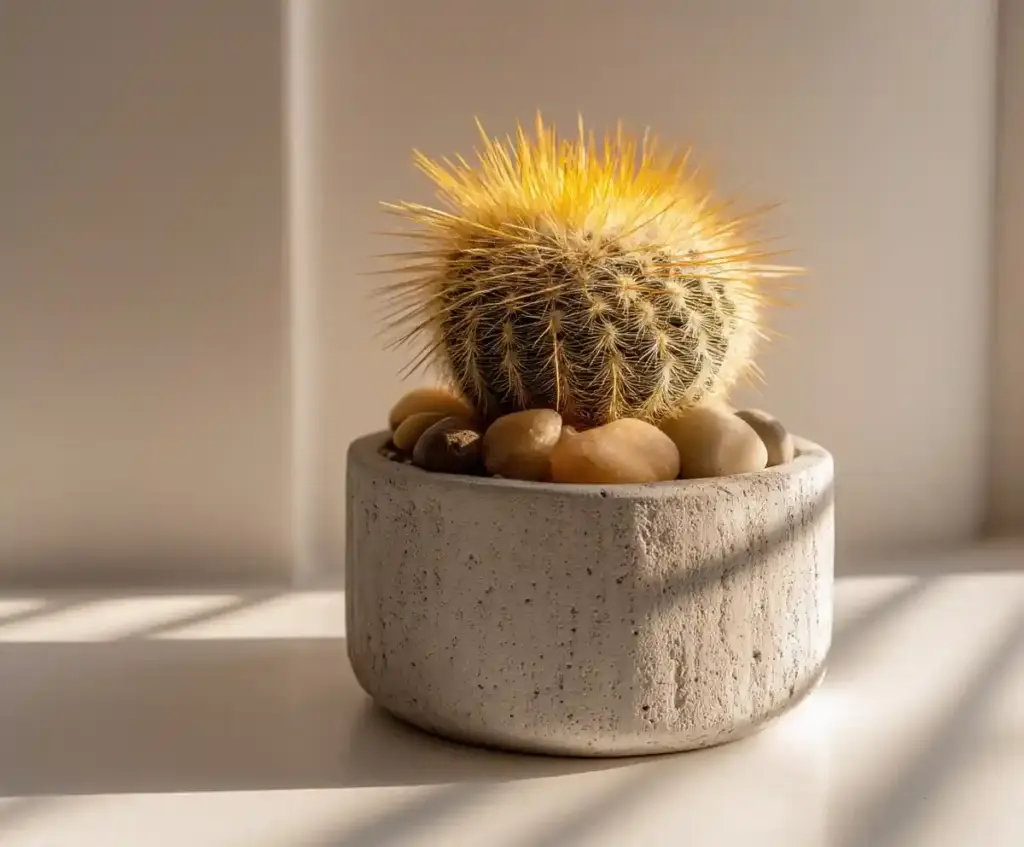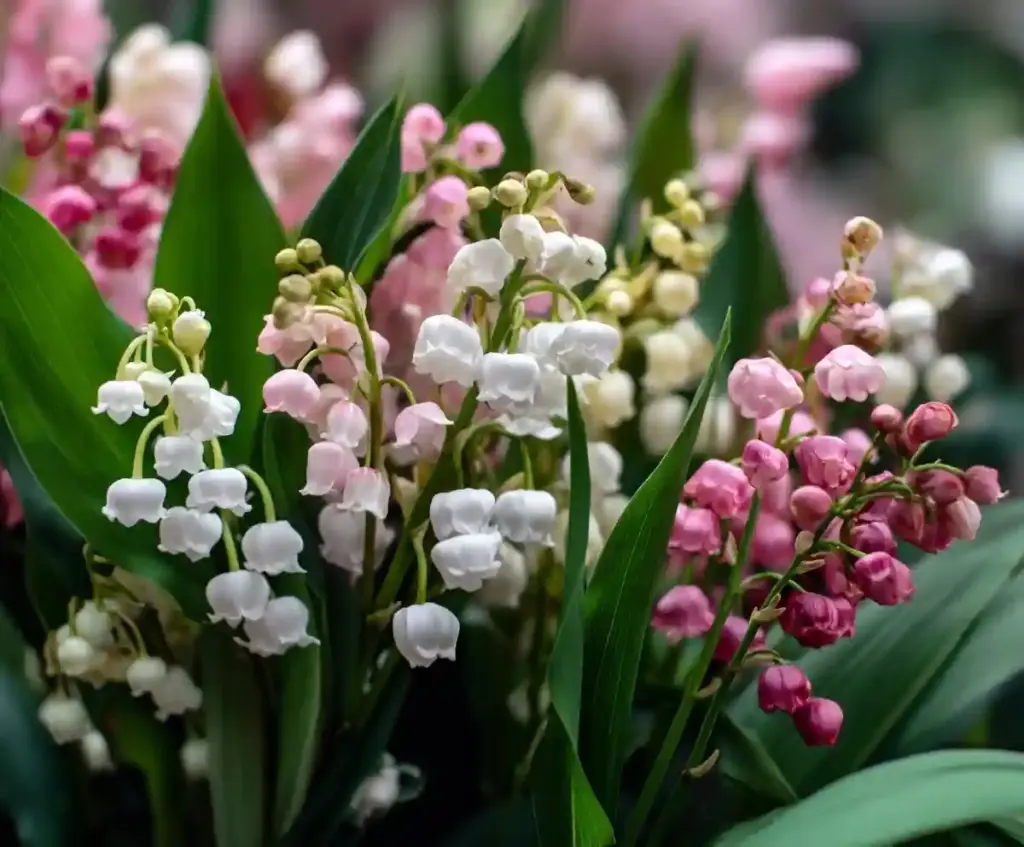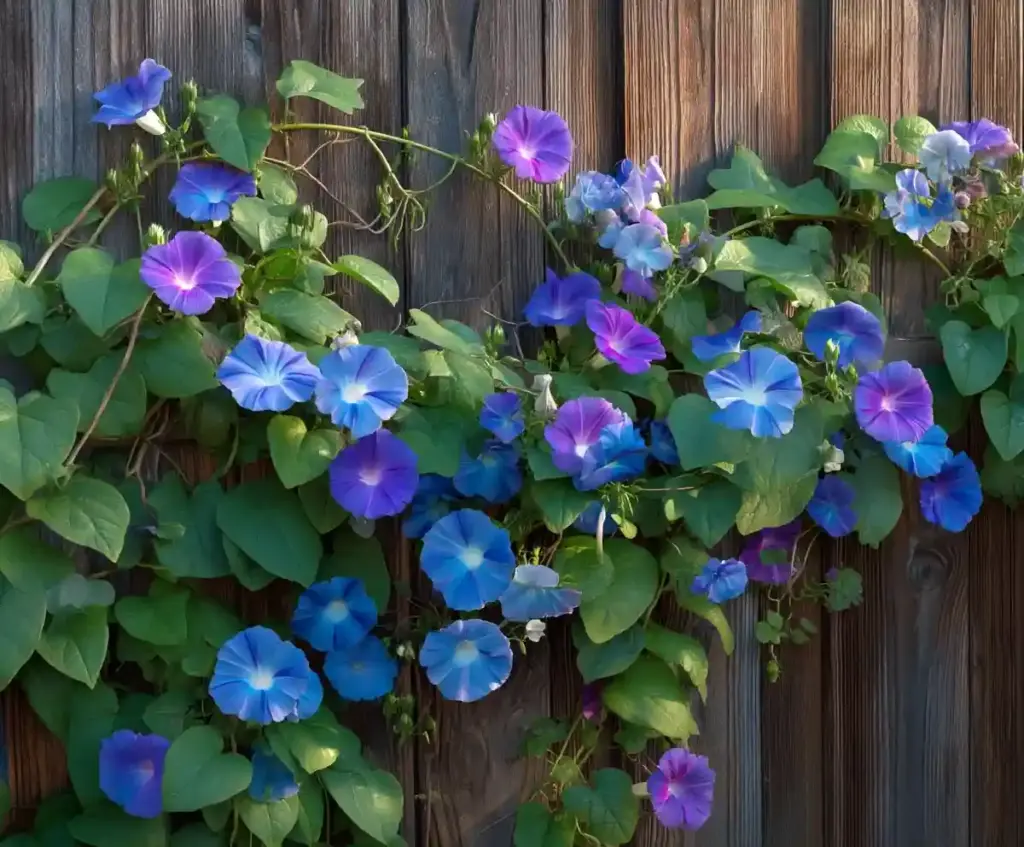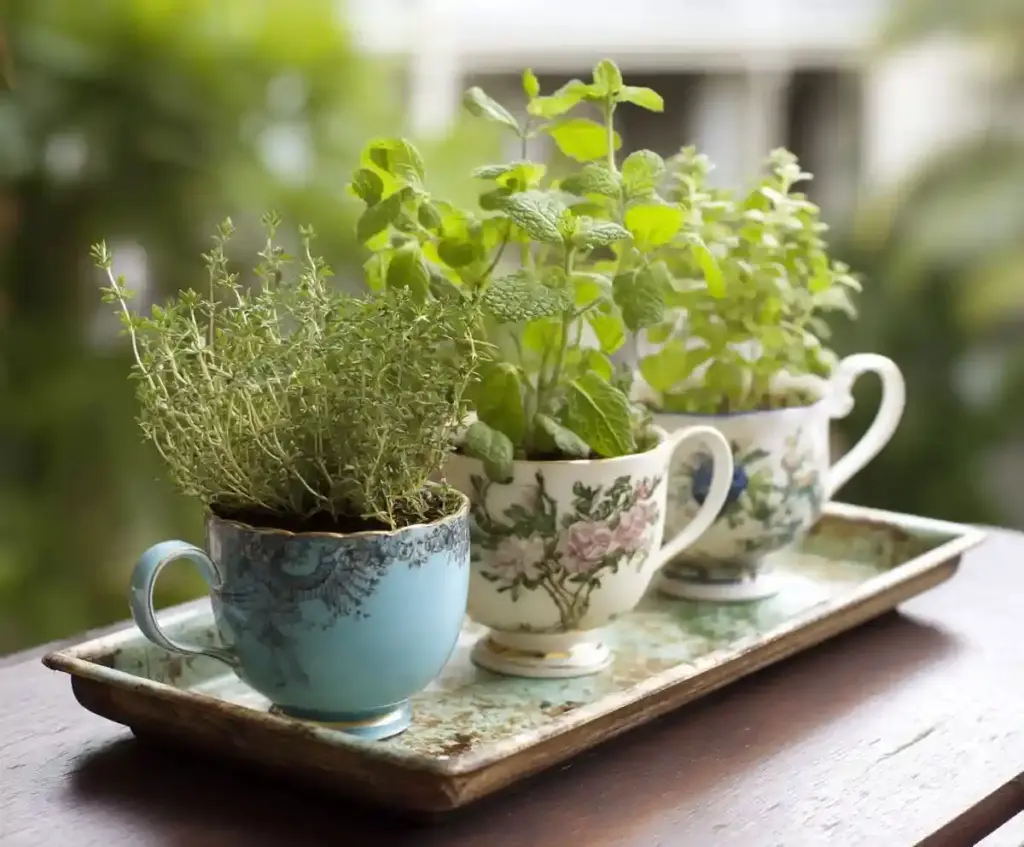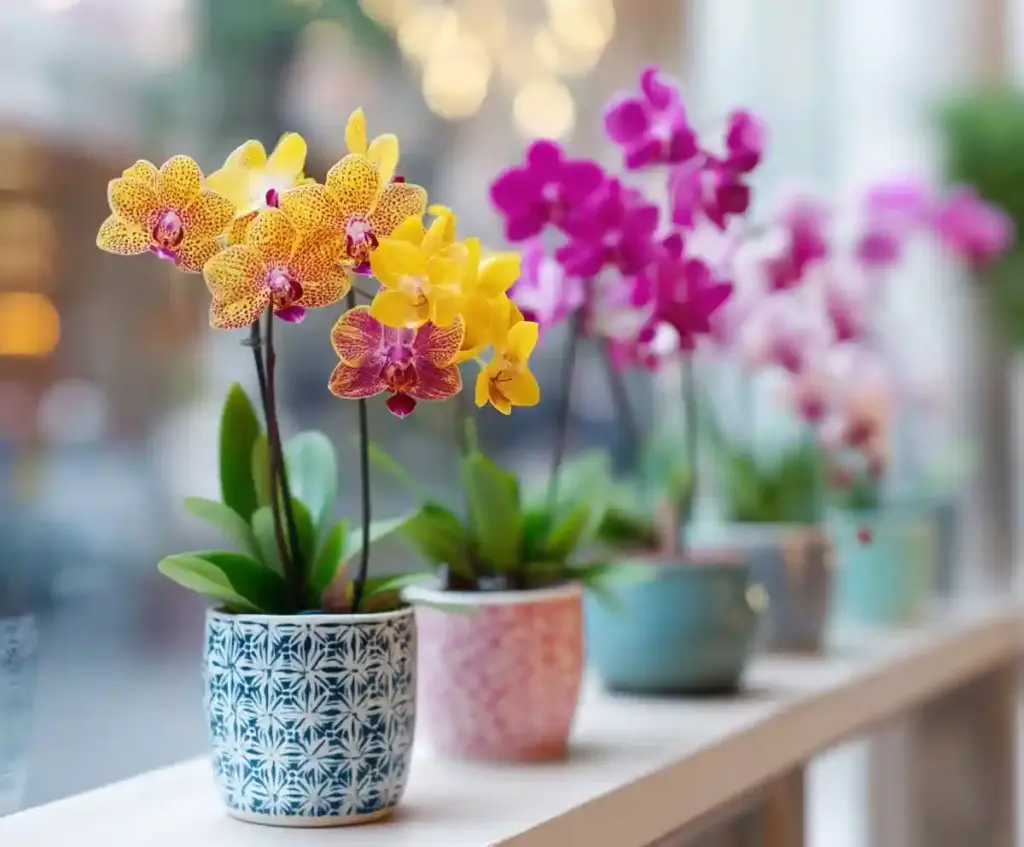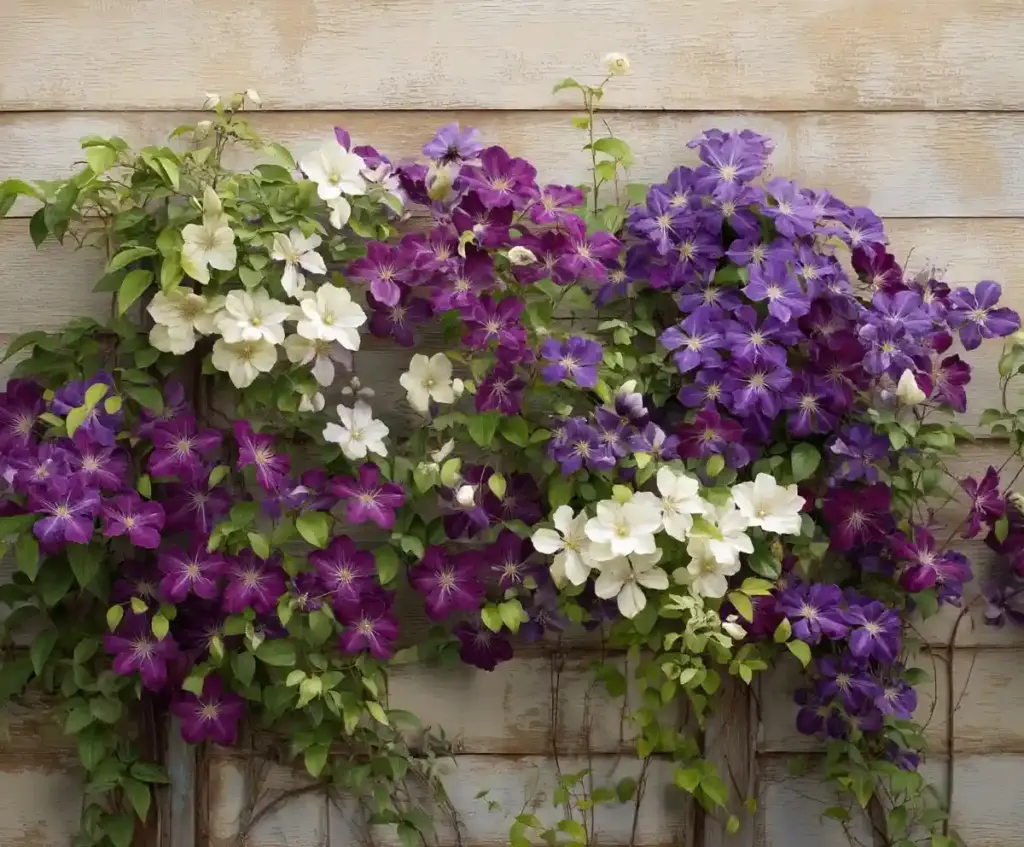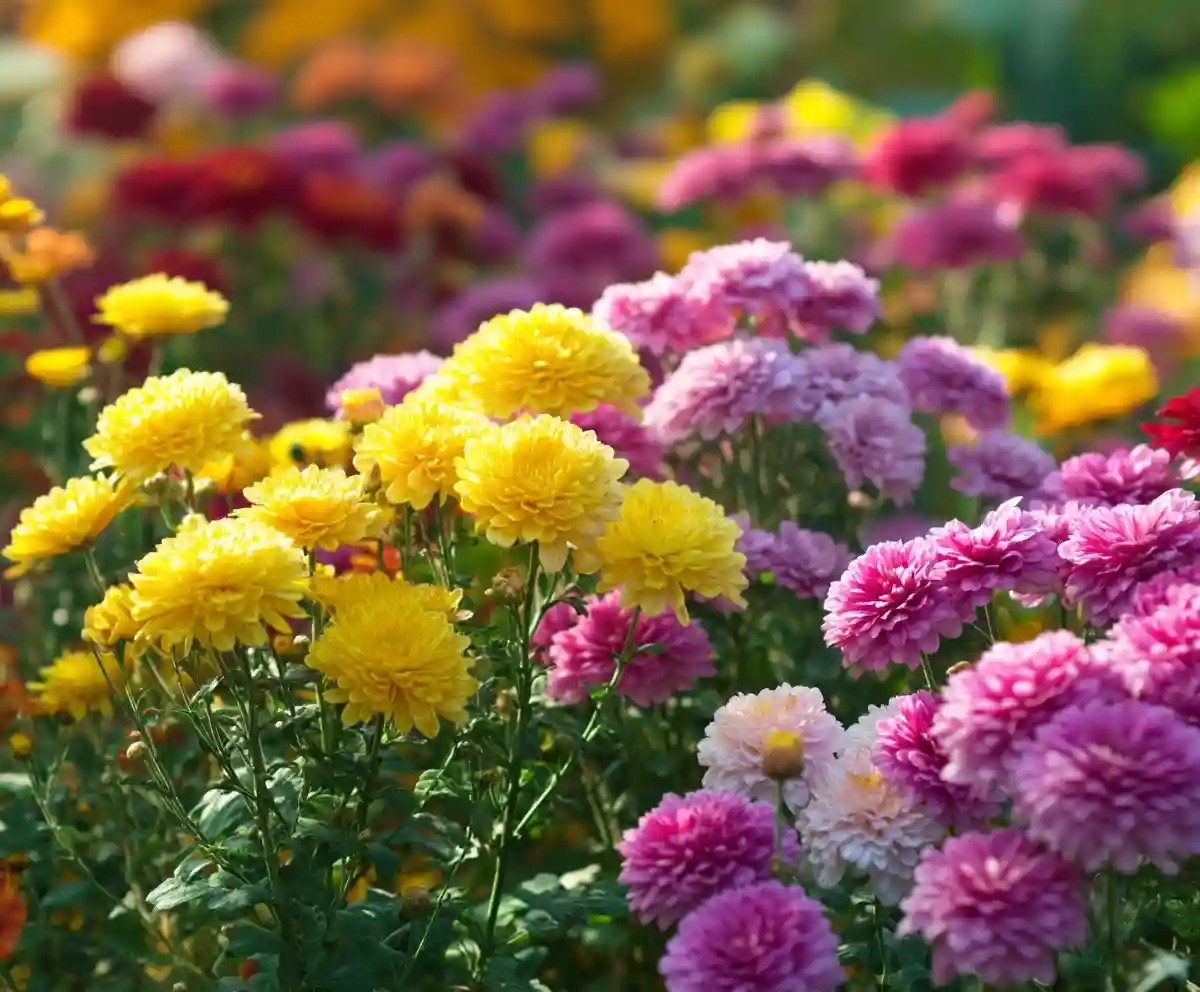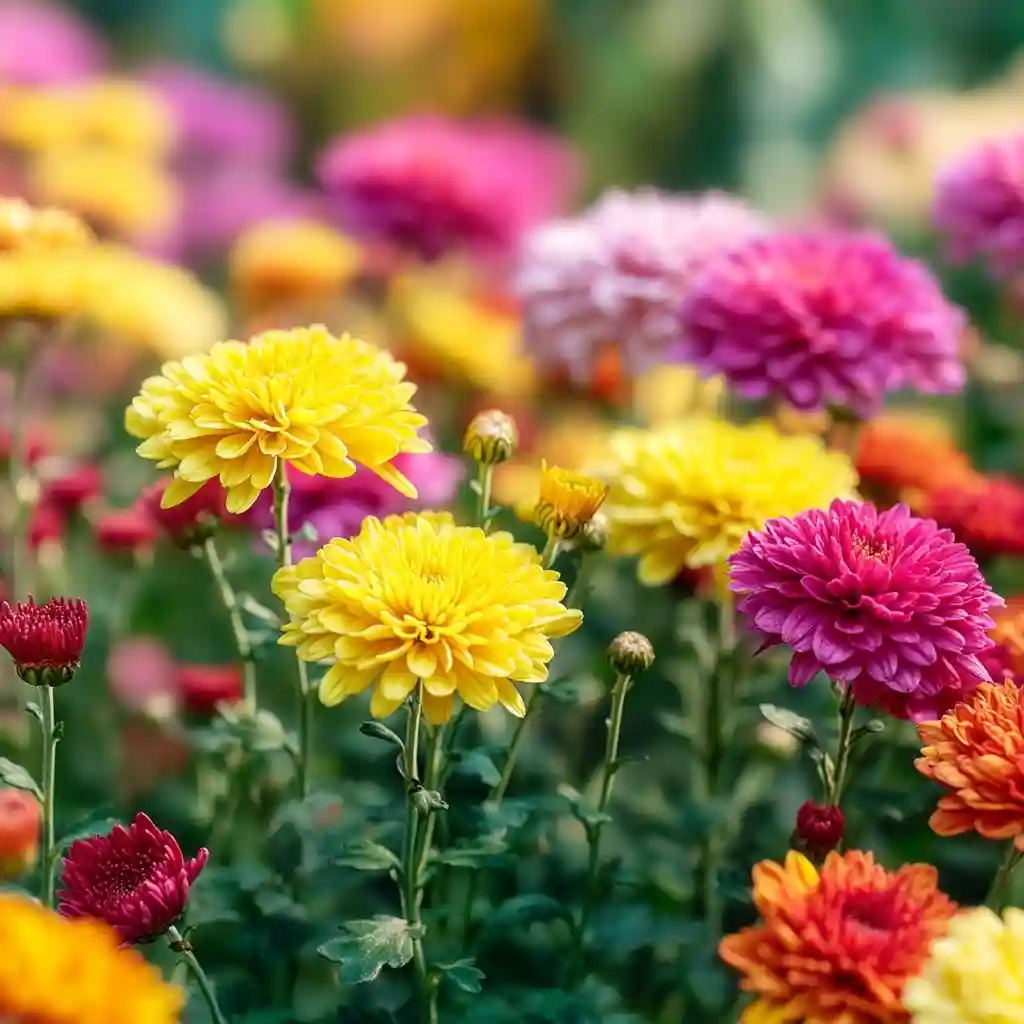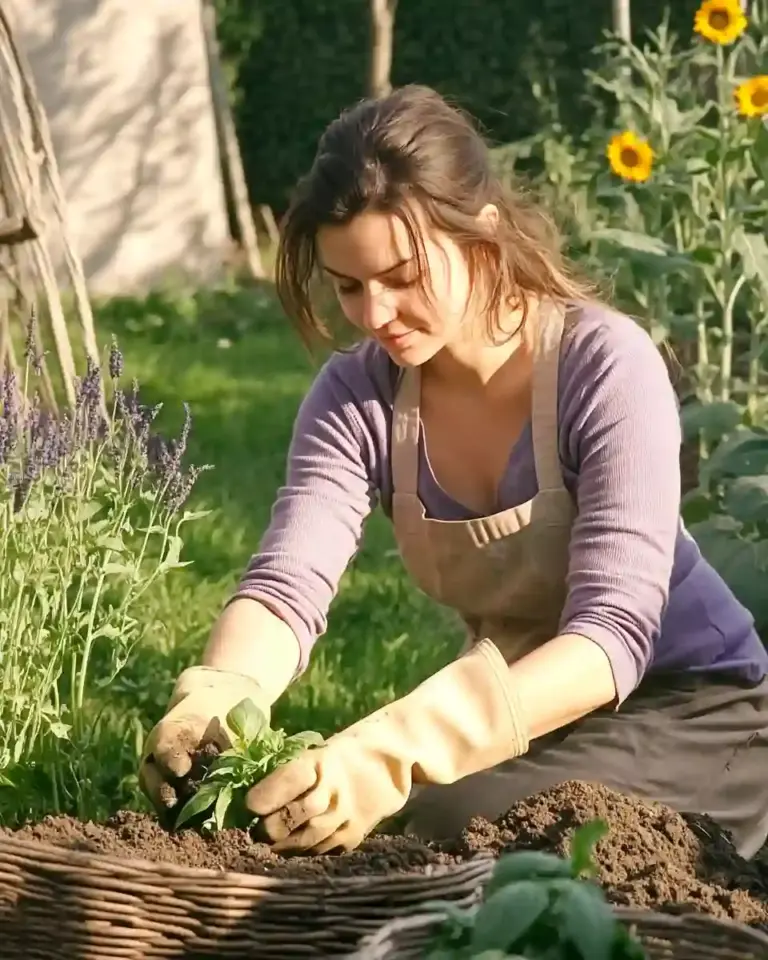Grow Hardy Chrysanthemum — also known as garden mum — is a perennial herbaceous beauty that brightens your autumn garden year after year. In this quick overview, you’ll find essential facts to get started:
- Common/Botanical Name: Commonly called garden mum or hardy mum; botanical genus Chrysanthemum spp.
- Plant Type & Size: Herbaceous perennial, typically reaching 10–36 in (25–90 cm) tall, with similar spread — though compact varieties exist.
- Sunlight Needs: Prefers full sun for best bloom, tolerates light afternoon shade in warmer climates.
- Soil & pH: Thrives in moist, rich, well-drained soil with slightly acidic to neutral pH (around 6.5).
- Bloom Time & Color: Blooms summer into fall, offering shades of red, pink, orange, yellow, white, bronze, and purple.
- Hardiness Zones: Generally winter-hardy in USDA Zones 5–9 (some varieties hardy to zone 4).
- Toxicity: Toxic to pets such as cats, dogs, and horses — caution when planting in pet-frequented areas.
Table of Contents
Hardy Chrysanthemum Care
Growing hardy chrysanthemums successfully means giving them the right balance of sun, soil, and seasonal attention. With consistent care, these mums will reward you with long-lasting, vibrant blooms each year.
Light
To grow hardy chrysanthemum well, ensure they receive at least 6 hours of direct sunlight daily. Full sun promotes stronger stems and abundant flowers. In hotter climates, a little afternoon shade helps prevent blooms from fading too quickly. Avoid heavy shade, as it leads to weak growth and fewer blossoms.
Soil
Hardy mums prefer well-draining, fertile soil enriched with organic matter. Amend heavy clay with compost or leaf mold to improve drainage. Aim for a pH between 6.0 and 7.0 for optimal nutrient uptake. Consistently moist, but not soggy, soil is ideal to keep roots healthy.
Water
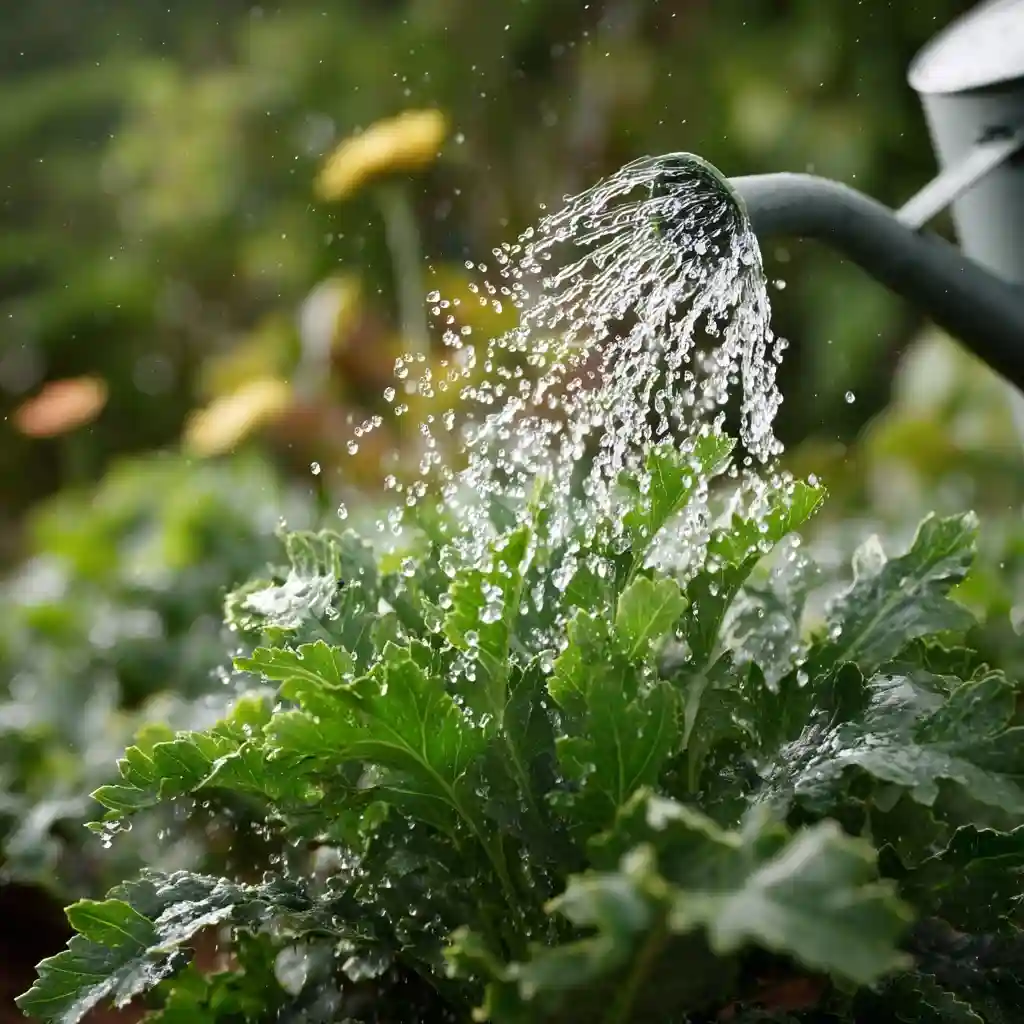
Water deeply to encourage strong root systems. During active growth and blooming, mums need about 1 inch of water per week, either from rainfall or irrigation. Mulching around the base helps retain moisture and prevents soil from drying out too quickly. Avoid overhead watering to reduce fungal risks.
Temperature & Humidity
Hardy chrysanthemums grow best in cool to moderate temperatures, generally between 60–70°F (15–21°C). High summer heat may shorten bloom time, while early frosts can damage buds. They tolerate average humidity, but good air circulation around plants helps prevent disease.
Fertilizer
Feed your mums with a balanced, water-soluble fertilizer in early spring and mid-summer to encourage lush foliage and bud formation. Switch to a low-nitrogen, high-phosphorus formula in late summer to promote vibrant blooms rather than excess leafy growth.
Types of Hardy Chrysanthemums
When you grow hardy chrysanthemum in your garden, you’ll notice they come in a stunning range of flower shapes and colors. Plant breeders have developed many unique classes of blooms, making it easy to find varieties that match your garden style.
- Single & Semi-Double: These mums resemble daisies, with open centers surrounded by one or two rows of petals. Varieties like Clara Curtis are classic choices, perfect for cottage gardens.
- Decorative (Double): With densely packed petals forming rounded blooms, types such as Mary Stoker and Ruby Mound are favorites for fall displays.
- Spider & Quill: Long, tubular petals give these mums a striking, contemporary look. They stand out in borders and floral arrangements.
- Pompon (Button): Small, globe-shaped flowers add texture and charm. Great for edging pathways or filling containers.
- Anemone-Flowered: Featuring raised centers surrounded by a single row of petals, these blooms add extra depth and interest.
Some gardeners love bold cultivars like Patriot for its patriotic hues or Tripoli for late-season resilience. Mixing different classes in your beds creates layers of color and form throughout autumn.
Pruning Hardy Chrysanthemums
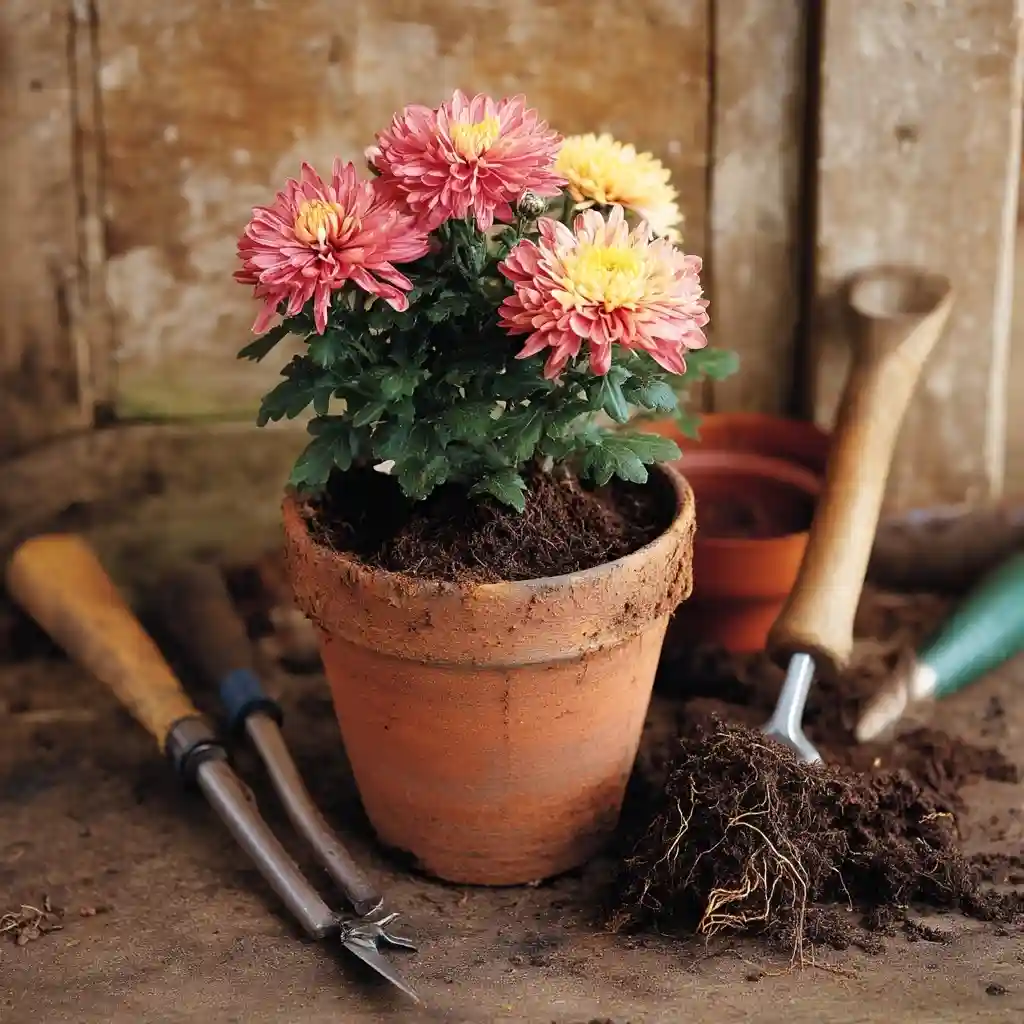
Pruning is one of the most important steps when you grow hardy chrysanthemum, ensuring bushier plants and longer-lasting blooms. With the right timing, you can turn a leggy mum into a full, vibrant mound covered in flowers.
Pinching
- Begin pinching back new growth once plants reach 6–8 inches tall in spring.
- Gently remove the top 1–2 inches of each stem, which encourages branching.
- Repeat pinching every 3–4 weeks until mid-July. This helps create compact, fuller plants with more blooms.
- Stop pinching after mid-summer to allow buds to develop for fall flowering.
After-Frost Cutback
- Once the first hard frost arrives and flowers fade, cut stems back to about 3–4 inches above the soil.
- Leave the base intact to protect roots over winter.
- Apply mulch around the crown to insulate the plant in colder regions.
Pruning not only enhances the plant’s shape but also improves air circulation, reducing the risk of disease.
Propagating Hardy Chrysanthemums
When you grow hardy chrysanthemum, propagation is a rewarding way to expand your collection or share plants with friends. Mums are easy to multiply through division, cuttings, or sometimes seeds, though each method has its advantages.
Division
- Best done in spring as new shoots appear.
- Carefully dig up the clump and separate healthy sections with roots attached.
- Replant divisions immediately into enriched soil, spacing them about 18–24 inches apart.
- Division rejuvenates older plants, improving vigor and bloom quality.
Stem Cuttings
- In late spring or early summer, take 3–4 inch softwood cuttings.
- Remove lower leaves and dip cut ends in rooting hormone.
- Plant in a moist, well-draining potting mix and keep in bright, indirect light.
- Roots form in about 3–4 weeks, giving you new, identical plants.
Seeds
- While mums can grow from seed, many cultivars won’t produce true-to-type plants.
- Seeds are best for experimenting, but for reliable color and form, stick with cuttings or division.
Propagation not only saves money but also ensures your mums stay strong and healthy for seasons to come.
How to Grow Hardy Chrysanthemum From Seed
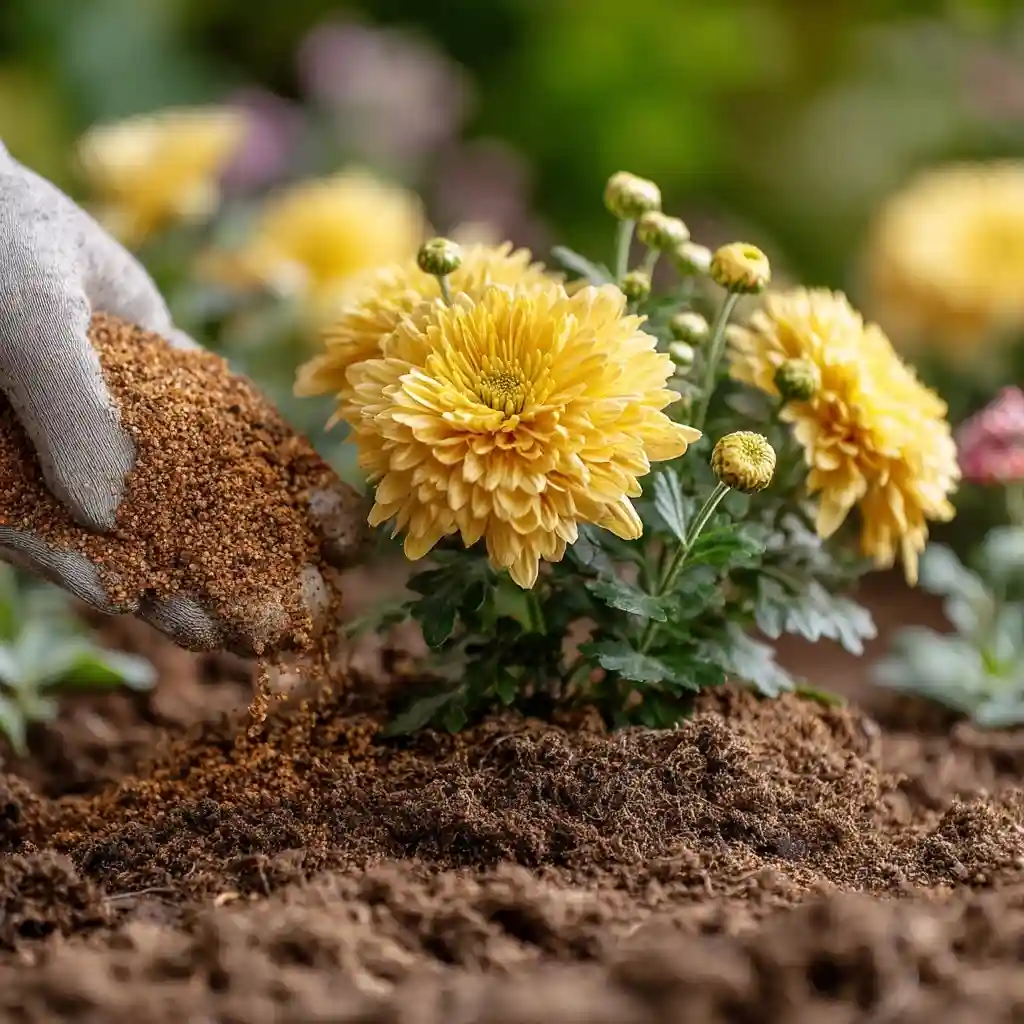
If you want to grow hardy chrysanthemum from seed, patience is key. While division and cuttings are more reliable, starting from seed can be fun for gardeners who enjoy experimenting with new varieties.
- Timing: Begin seeds indoors about 6–8 weeks before the last expected frost. This gives seedlings a head start before moving outdoors.
- Sowing: Use a fine seed-starting mix and sow seeds on the surface, pressing them in lightly without covering too deeply. Chrysanthemum seeds need light to germinate.
- Conditions: Keep the soil evenly moist and maintain temperatures around 65–70°F (18–21°C) for best results. Germination usually takes 10–14 days.
- Transplanting: Once seedlings have 2–3 sets of true leaves, thin and transplant them into larger pots.
- Hardening Off: About a week before planting outdoors, gradually expose seedlings to outdoor conditions so they adjust without stress.
By midsummer, seedlings will be strong enough to take their place in the garden, where they’ll develop into full-sized mums.
Potting & Repotting Hardy Chrysanthemums
When you grow hardy chrysanthemum in containers, proper potting and timely repotting are essential for healthy growth and abundant blooms.
- Choosing a Pot: Select containers with good drainage holes to prevent root rot. A 12-inch or larger pot works best for established mums.
- Potting Mix: Use a lightweight, well-draining mix enriched with compost or peat moss. Avoid heavy garden soil that compacts easily.
- Root-Bound Signs: If you notice roots circling the pot’s edge, water draining too quickly, or stunted growth, it’s time to repot.
- Repotting Steps:
- Gently remove the plant from its pot and loosen tangled roots.
- Trim back any damaged or overly long roots.
- Place the mum into a slightly larger container with fresh soil.
- Water thoroughly and keep in bright light to reduce transplant shock.
Repotting every 1–2 years keeps your chrysanthemums vigorous and ensures continuous flowering in containers.
Overwintering Hardy Chrysanthemums
To grow hardy chrysanthemum successfully year after year, proper overwintering is crucial—especially in colder regions. While mums are tough, a little preparation goes a long way in protecting roots through winter.
- Mulching: After the first hard frost, apply a thick 4–6 inch layer of mulch (straw, shredded leaves, or pine needles) around the base. This insulates roots and prevents freeze-thaw damage.
- Timing: Don’t cut plants back until after frost has blackened the foliage. Leaving some stems helps catch snow, providing extra insulation.
- Cold-Region Tips: In USDA zones 4–5, consider covering plants with evergreen boughs for extra protection. In very harsh winters, some gardeners lift mums and overwinter them in a cool, dark basement.
- Containers: For potted mums, move containers to an unheated garage, shed, or sheltered area where temperatures stay just above freezing. Water sparingly to prevent complete soil dryness.
With proper overwintering care, mums will bounce back in spring with renewed energy and vibrant blooms.
Common Pests of Hardy Chrysanthemums

When you grow hardy chrysanthemum, keeping an eye out for pests is just as important as watering and fertilizing. While mums are generally resilient, certain insects can weaken plants and affect blooms if left unchecked.
- Aphids: Small, sap-sucking insects that cluster on stems and buds. They cause curling leaves and stunted growth. Rinse with water or apply insecticidal soap.
- Thrips: Tiny pests that scar petals and distort flowers. Blue sticky traps and neem oil help manage infestations.
- Spider Mites: Thrive in hot, dry weather, leaving fine webs and speckled leaves. Increase humidity and spray foliage with a strong jet of water.
- Slugs & Snails: These pests chew irregular holes in leaves, especially in damp conditions. Use barriers, hand-picking, or iron phosphate pellets.
- Earwigs: Feed on leaves and petals at night. Traps or rolled-up newspaper left near plants can reduce numbers.
Regular inspections and early action ensure mums stay strong and vibrant throughout the growing season.
How to Get Hardy Chrysanthemums to Bloom
When you grow hardy chrysanthemum, the secret to a full burst of fall color lies in proper timing and care. Mums naturally set buds as daylight shortens, but a few techniques can maximize their flower power.
- Pinching Schedule: Pinch back stems every 3–4 weeks from spring until mid-July. This delays early budding and encourages compact, bushier plants with more flowering tips.
- Deadheading: Remove spent blooms promptly to direct the plant’s energy toward new flower production instead of seed development.
- Balanced Feeding: Apply a low-nitrogen, high-phosphorus fertilizer in late summer. This supports bud formation and vibrant flower color.
- Consistent Moisture: Keep soil evenly moist during bud development. Dry spells can cause buds to shrivel before they open.
- Sunlight: Ensure plants receive at least 6 hours of sun daily; insufficient light often results in poor flowering.
With the right care, mums will reward you with a long-lasting carpet of blooms just when most other perennials are fading.
Common Problems With Hardy Chrysanthemums
Even when you grow hardy chrysanthemum under the best conditions, some issues may still arise. Recognizing problems early helps you save your plants before they decline.
- Fungal Diseases: Powdery mildew and leaf spot are common in humid conditions. They appear as white coatings or dark blotches on leaves. Improve air circulation and avoid overhead watering to reduce outbreaks.
- Root Rot: Overwatering or poorly drained soil can cause roots to decay. Always plant mums in soil that drains well and avoid letting pots sit in standing water.
- Botrytis Blight: Gray mold infects flowers and buds, leading to soft, mushy blooms. Remove infected parts promptly and apply a fungicide if needed.
- Viruses: Less common but serious, chrysanthemum stunt and mosaic viruses cause distorted leaves, yellow mottling, and weak growth. Infected plants should be removed to prevent spread.
- Nutrient Deficiency: Yellowing leaves or weak stems often signal a lack of nitrogen or other key nutrients. Regular balanced feeding keeps plants vigorous.
By practicing good garden hygiene and providing proper care, you’ll minimize most problems and enjoy healthier, more resilient mums.
FAQ About Growing Hardy Chrysanthemums
Q: Are hardy chrysanthemums truly perennial?
Yes, when you grow hardy chrysanthemum in the ground (not as disposable potted mums), they can return year after year, especially in USDA Zones 5–9.
Q: Can I grow hardy chrysanthemum in containers year-round?
Yes, but containers need extra protection in winter. Move pots to a sheltered garage or basement once temperatures drop.
Q: How long do hardy mums bloom?
With proper pinching and care, blooms can last 6–8 weeks, typically from late summer through mid-fall.
Q: Why didn’t my mums bloom this year?
Usually, this is due to too little sunlight, overfertilization with nitrogen, or skipping pinching in spring. Correcting these helps restore flowers next season.
Q: Are chrysanthemums safe for pets?
No. Hardy mums are toxic to cats, dogs, and horses if ingested. Plant them in areas away from pets.
Conclusion
When you grow hardy chrysanthemum, you’re investing in a reliable, colorful perennial that brightens the fall garden when most other plants are fading. With the right care—sun, soil, pruning, and overwintering—mums will reward you with vibrant blooms year after year. Whether you’re planting them in beds, borders, or containers, hardy chrysanthemums are a must-have for every autumn landscape.
🌿 Love gardening inspiration? Follow me on Pinterest for bold plant ideas, tips, and seasonal color!
More Posts
